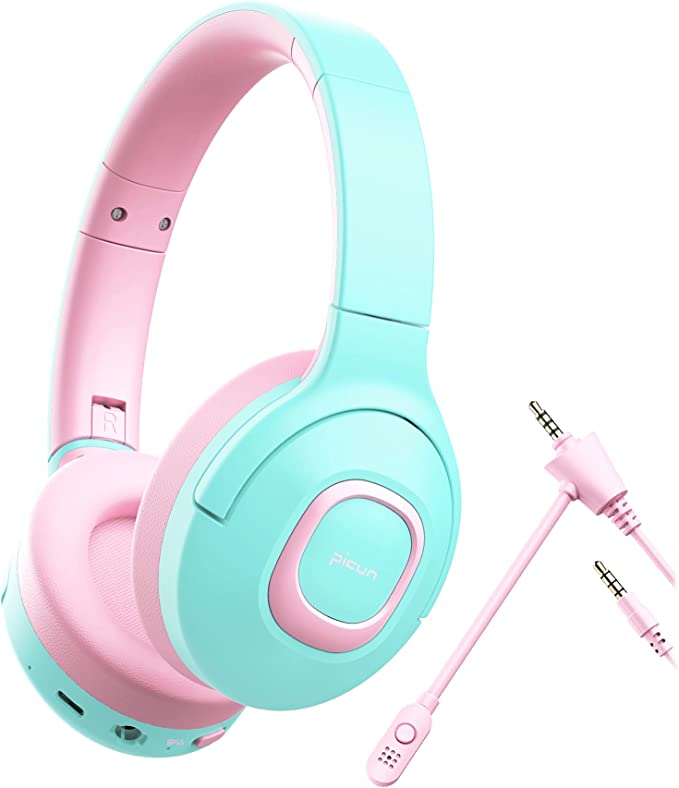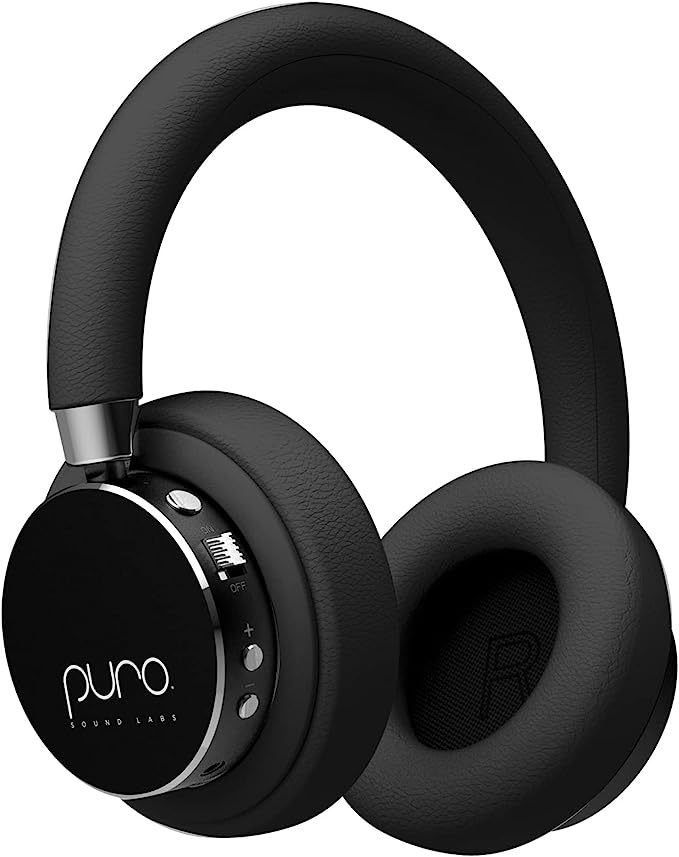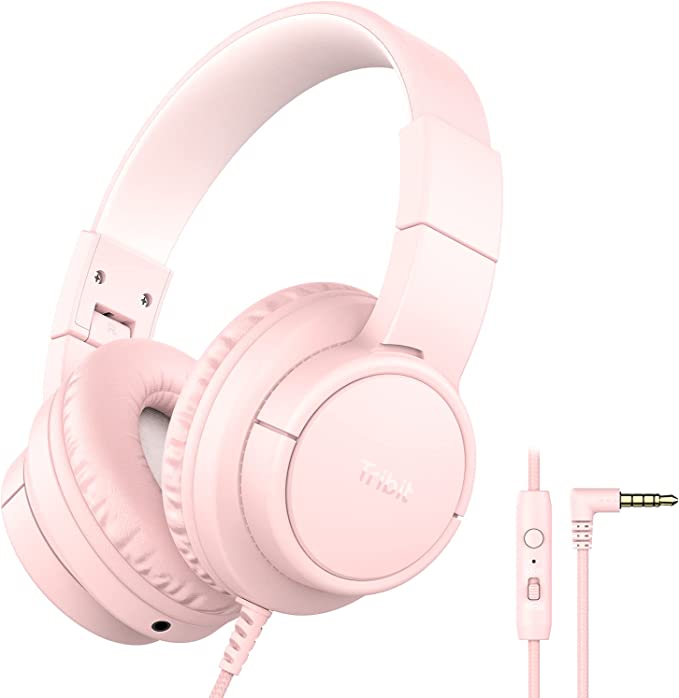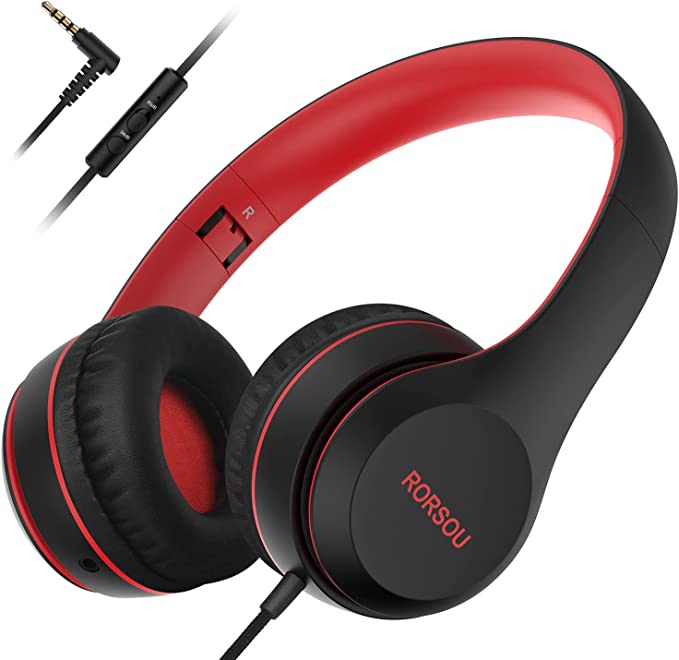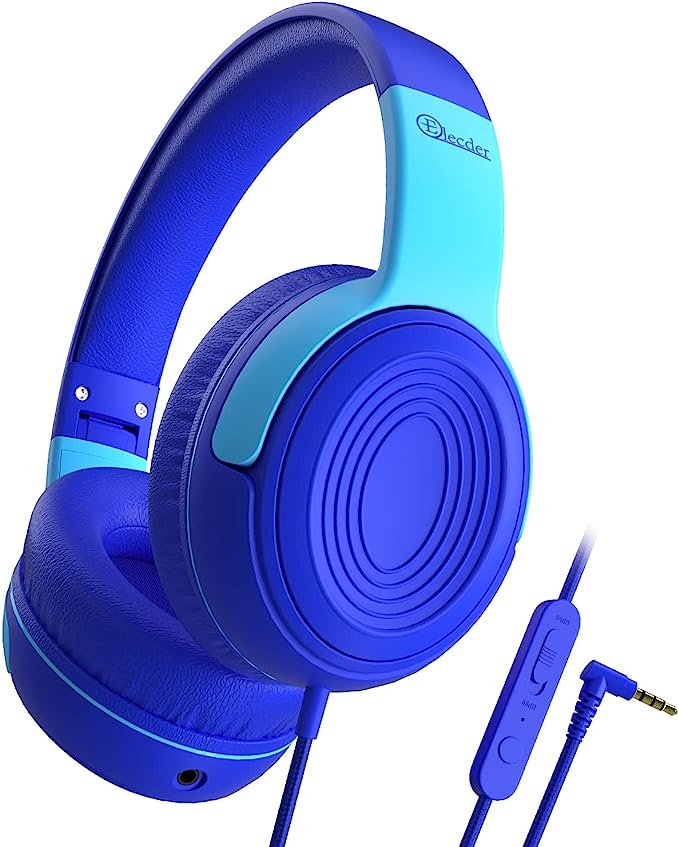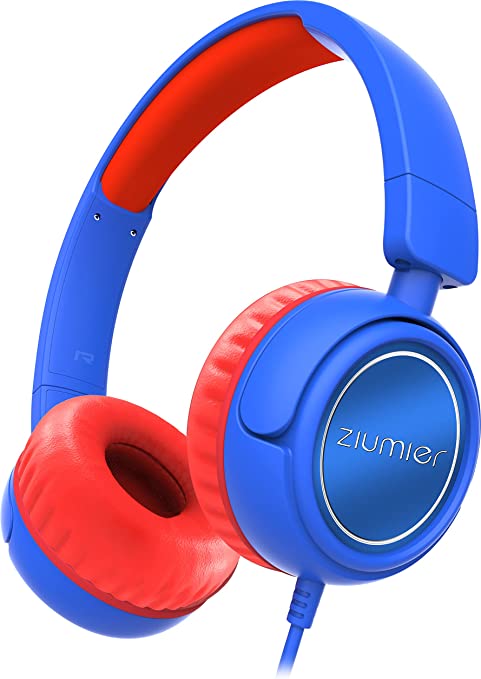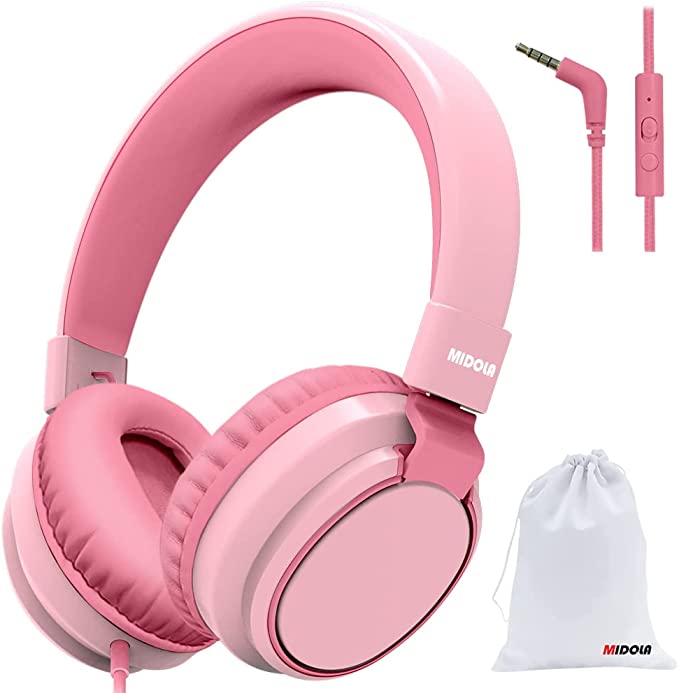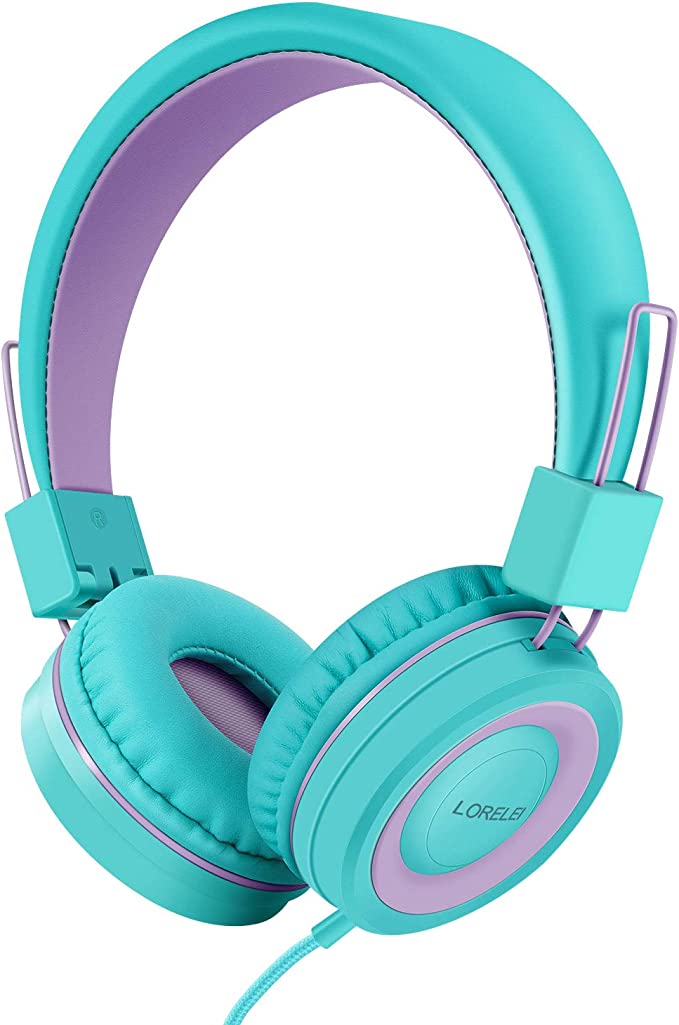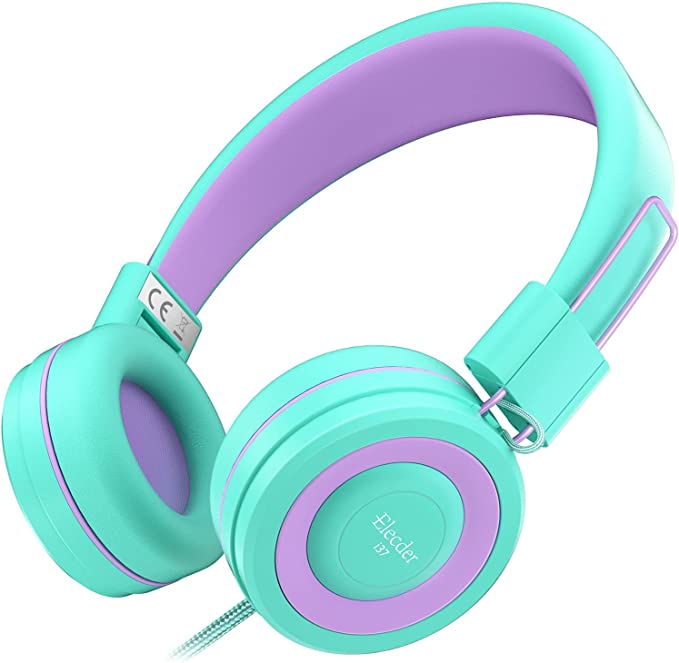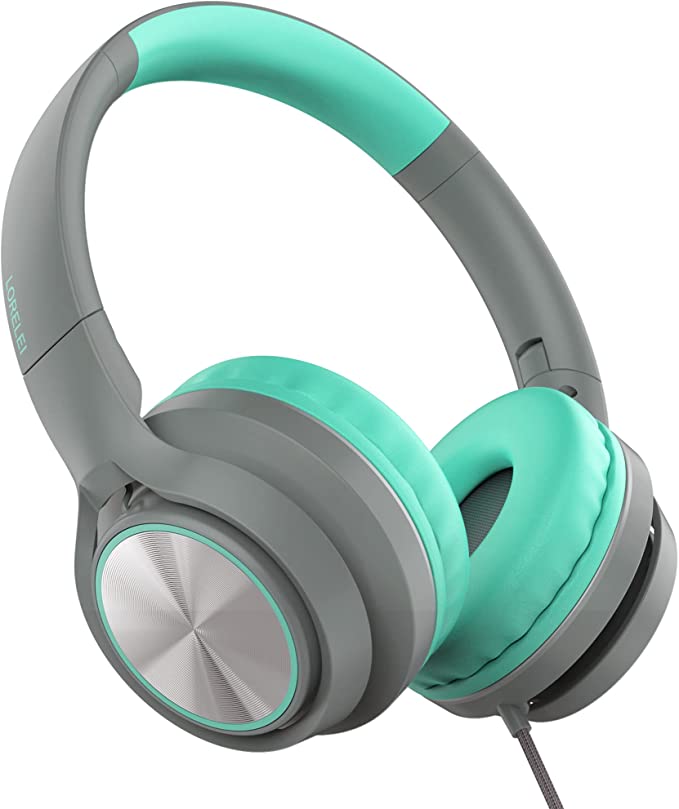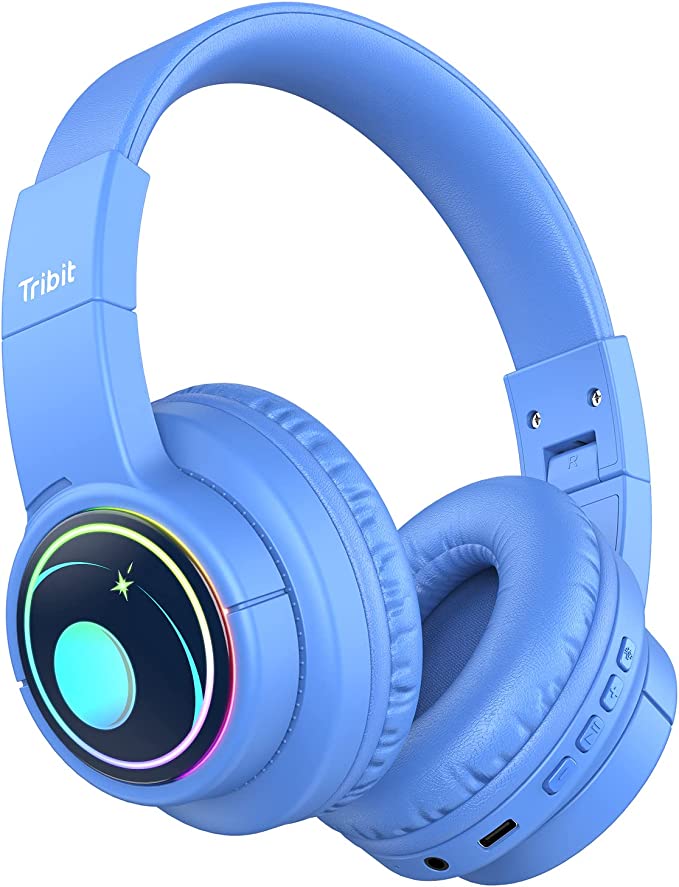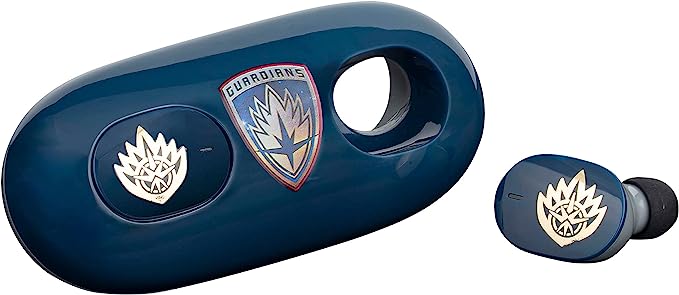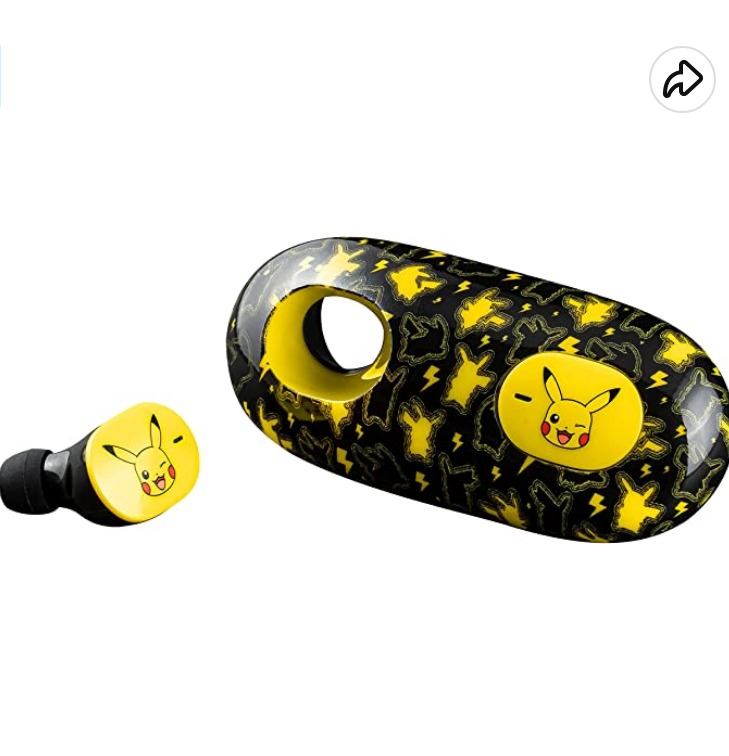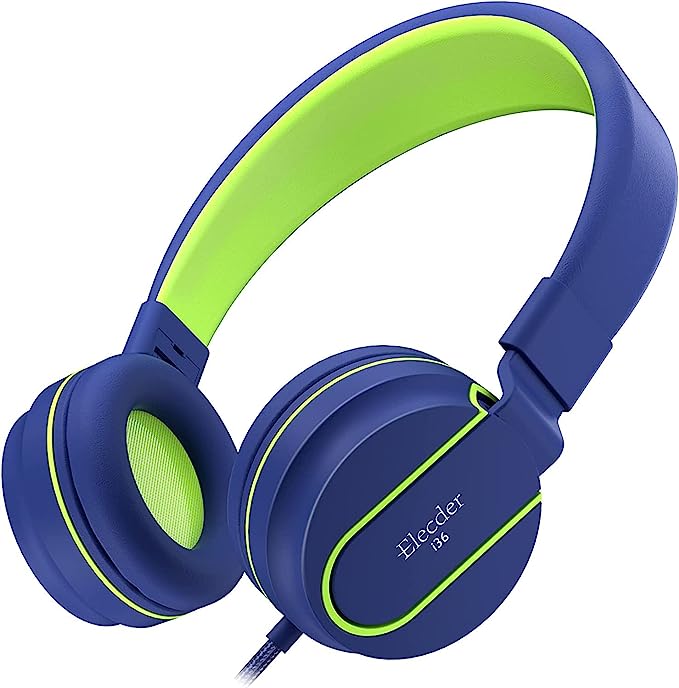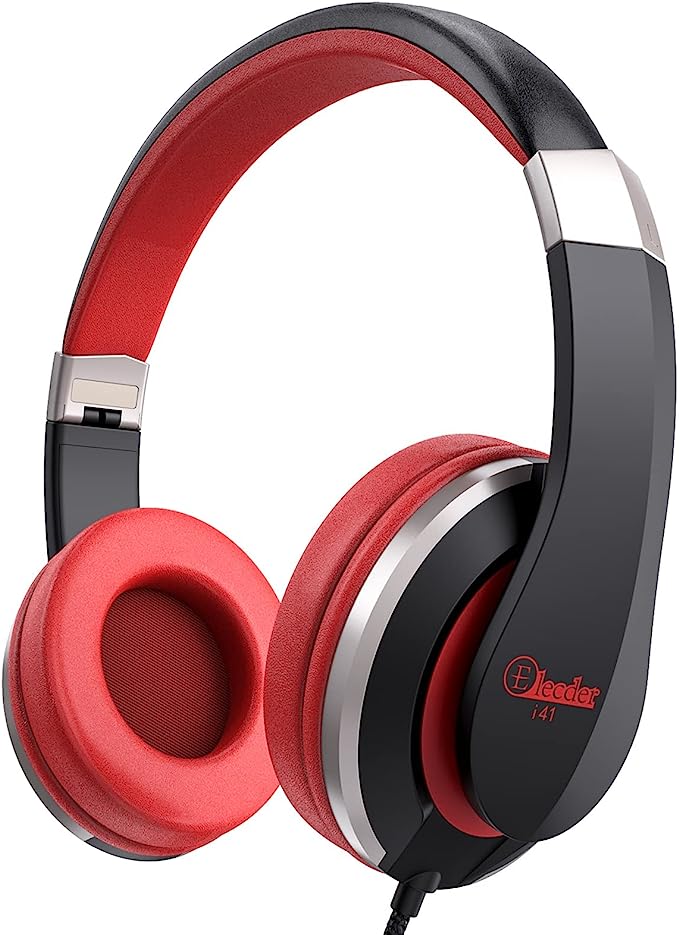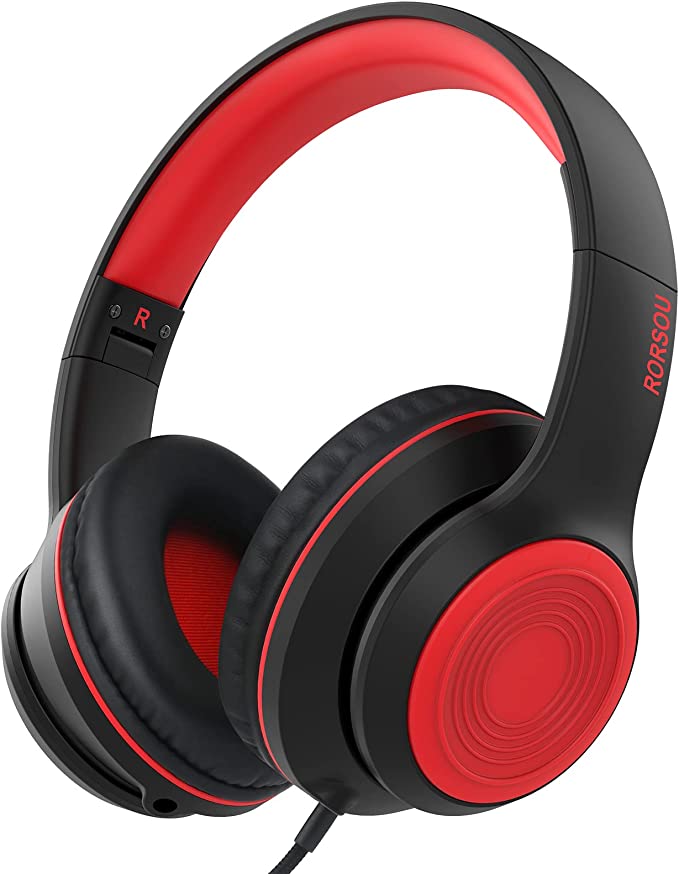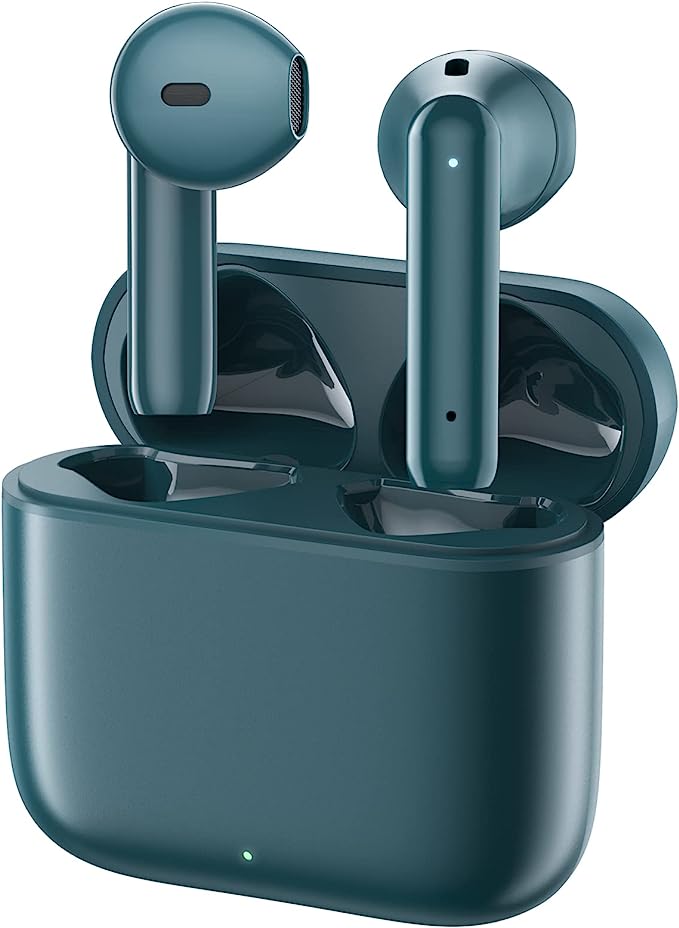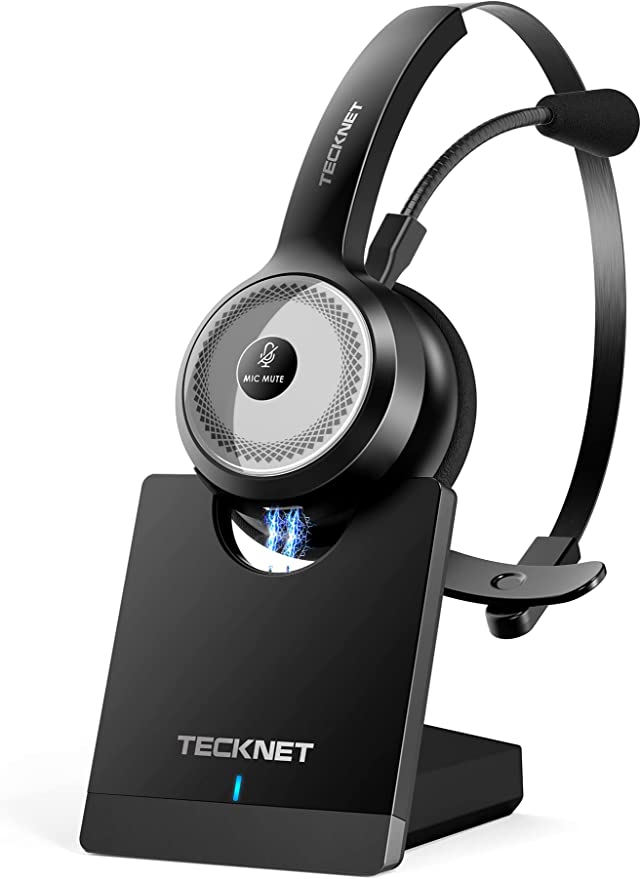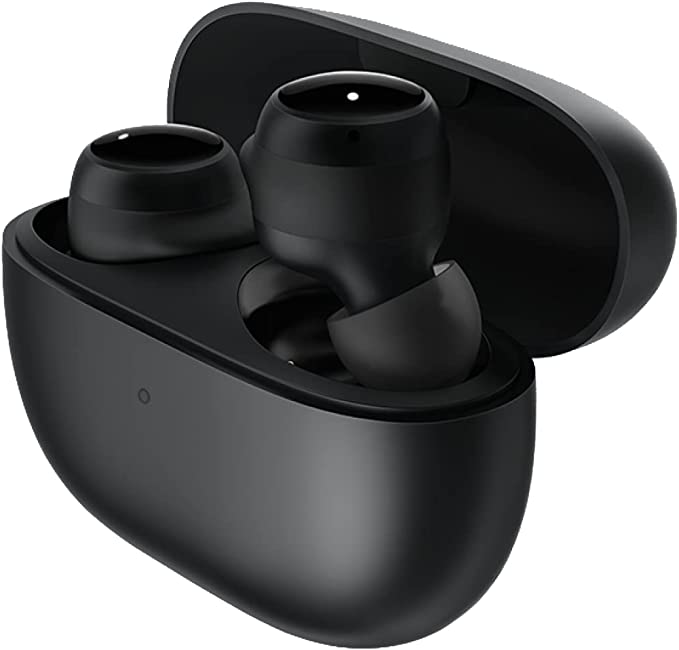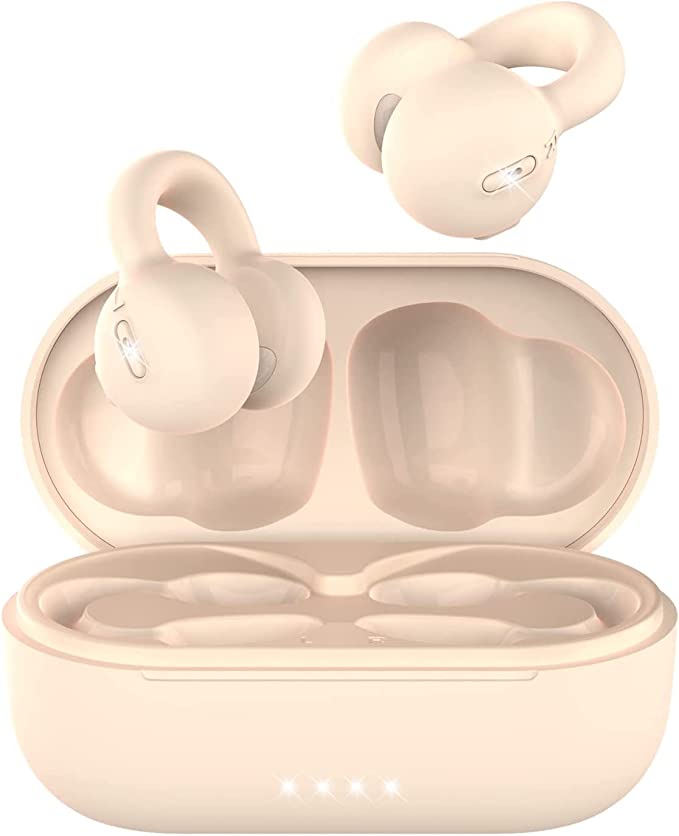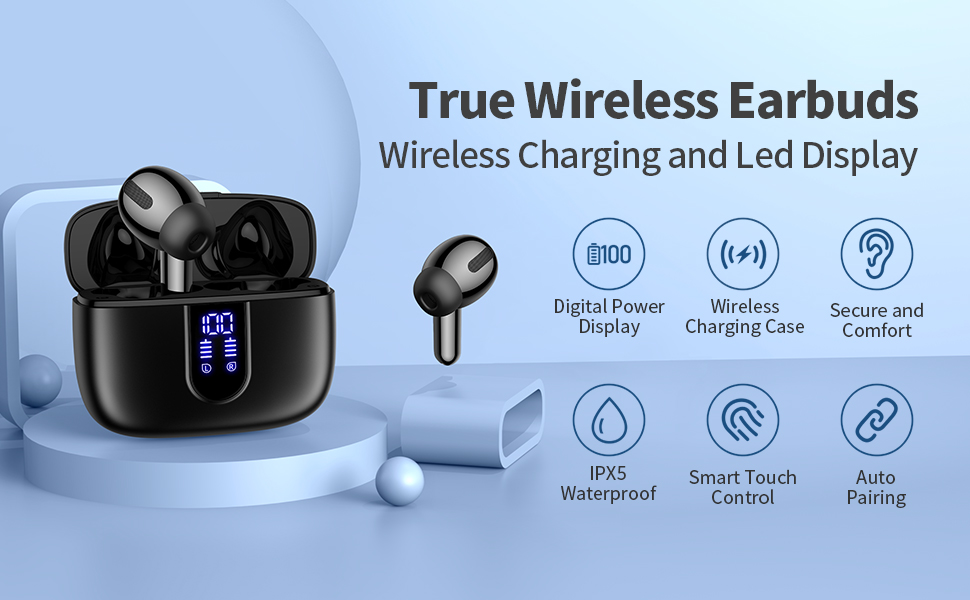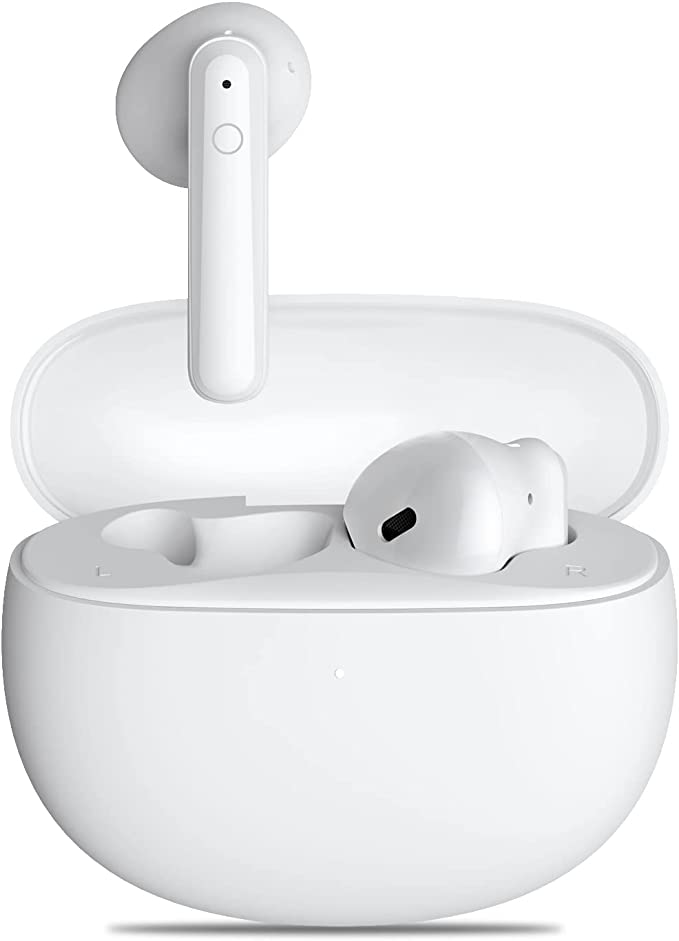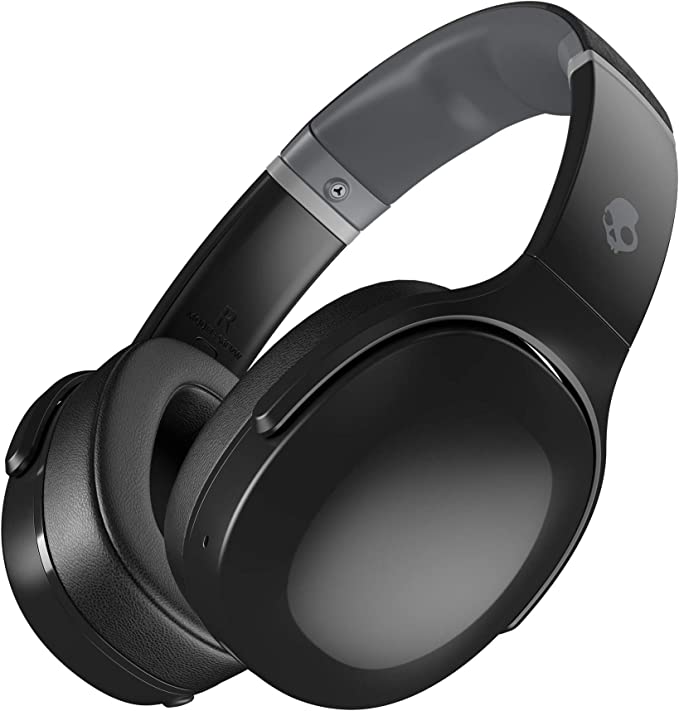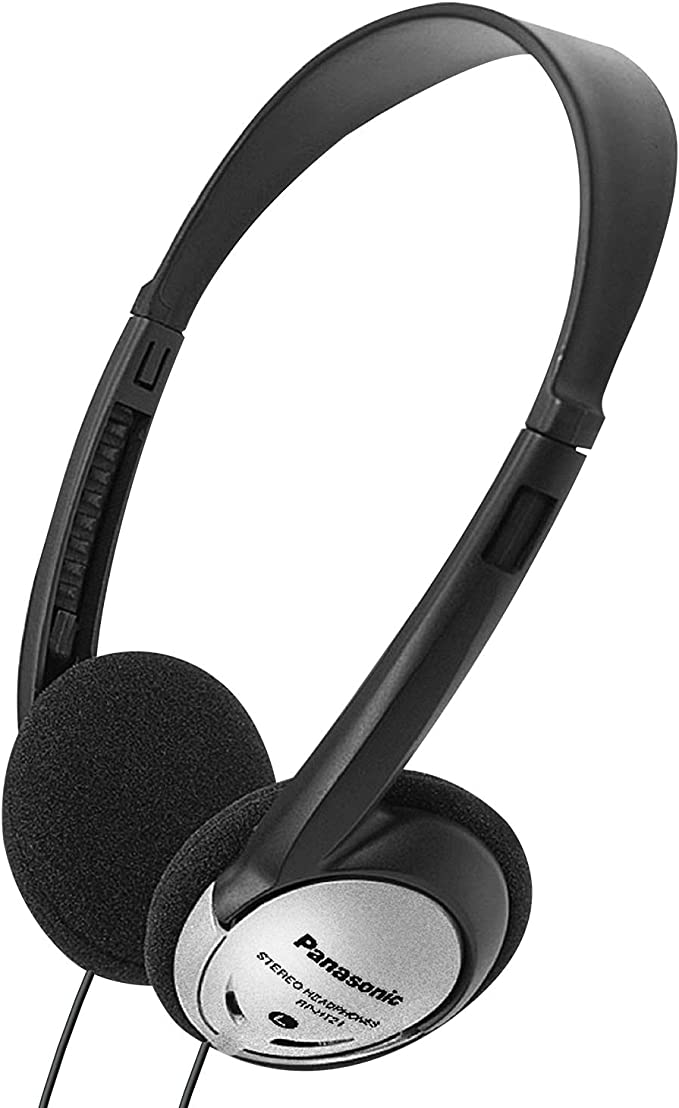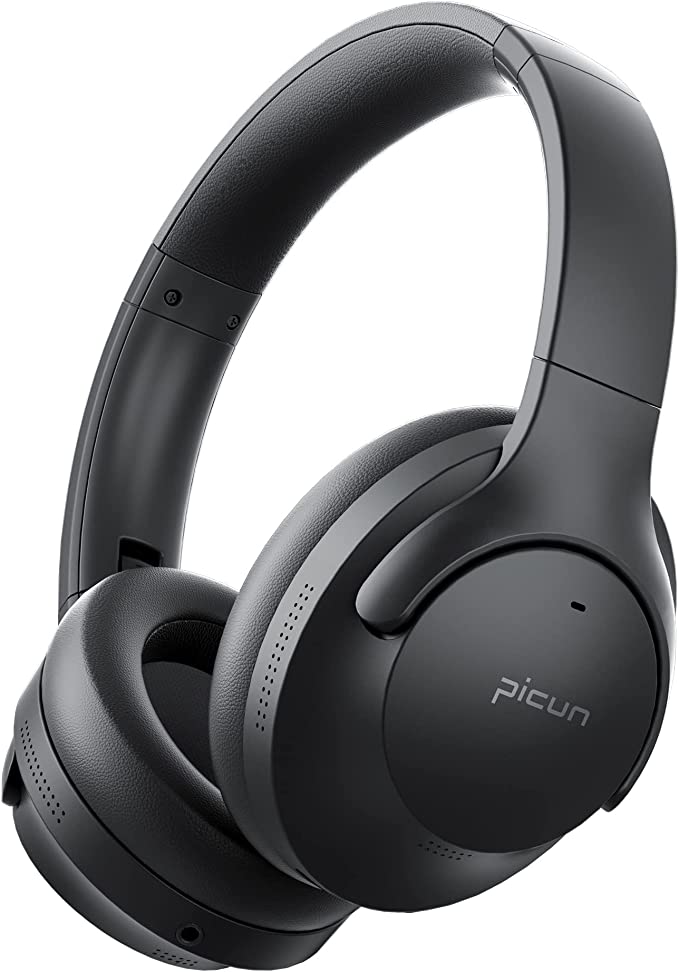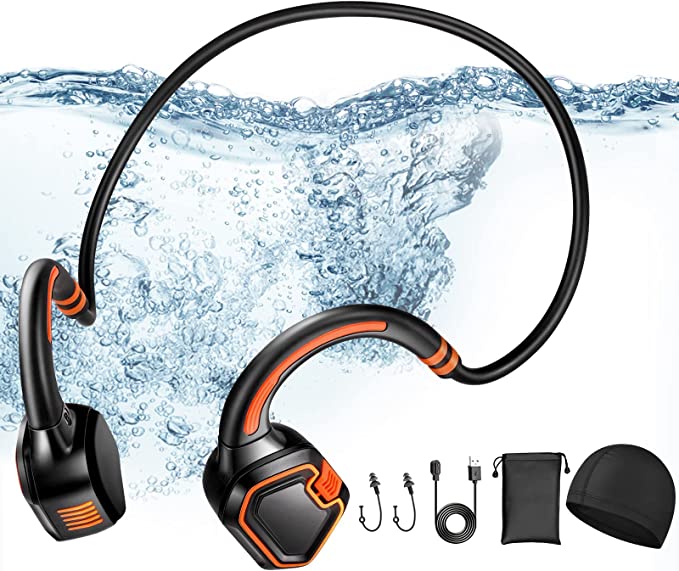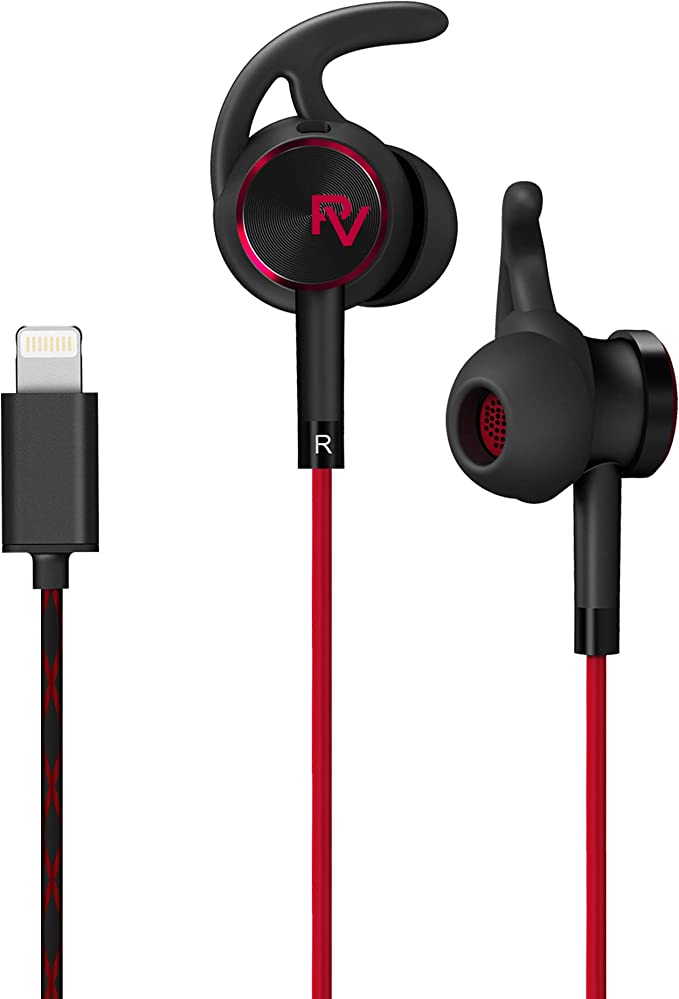gorsun A66 Kids Headphones: Protect Your Child's Hearing with Safe Sound
Update on March 21, 2025, 11:14 a.m.
Imagine your child engrossed in their favorite cartoon, the vibrant colors and catchy tunes filling the room. You might not realize it, but the volume level could be silently jeopardizing their precious hearing. Noise-induced hearing loss (NIHL) in children is a growing concern, and it’s often preventable. Unlike a scraped knee or a bumped head, hearing damage is invisible and irreversible. That’s why understanding how sound works and how to protect young ears is so crucial.

The Amazing World of Sound
Sound is all around us, a constant symphony of vibrations. Think of it like dropping a pebble into a calm pond. The pebble creates ripples that spread outward. Similarly, sound travels in waves through the air. These waves have two main characteristics: frequency and amplitude.
Frequency is like the speed of the ripples. More ripples per second mean a higher frequency, which we perceive as a higher-pitched sound, like a bird’s chirp. Fewer ripples mean a lower frequency, creating a lower-pitched sound, like a rumbling truck. We measure frequency in Hertz (Hz).
Amplitude is like the size of the ripples. Bigger ripples mean a larger amplitude, which we perceive as a louder sound. Smaller ripples mean a smaller amplitude, resulting in a quieter sound. We measure amplitude in decibels (dB).
Our ears are remarkable instruments that capture these sound waves and transform them into electrical signals that our brains interpret. The process begins in the outer ear, which funnels sound waves into the ear canal. These waves then vibrate the eardrum, a thin membrane like the surface of a drum. The vibrations travel through three tiny bones in the middle ear – the smallest bones in the human body! – and finally reach the cochlea, a snail-shaped structure in the inner ear.
Inside the cochlea are thousands of tiny hair cells. These aren’t like the hairs on your head; they’re microscopic sensory cells that are incredibly sensitive. When sound vibrations reach the cochlea, these hair cells move and bend, creating electrical signals that travel along the auditory nerve to the brain. The brain then interprets these signals as the sounds we hear. It’s a truly amazing and delicate process. But these important hair cells are vulnerable.
Decibels Demystified
Decibels (dB) are the units we use to measure the intensity, or loudness, of sound. The decibel scale is logarithmic, which means that a small increase in decibels represents a significant increase in sound intensity. For example, a sound at 80dB is ten times more intense than a sound at 70dB, and a sound at 90dB is 100 times more intense than a sound at 70dB!
So, what’s a safe listening level for children? The World Health Organization (WHO) and the American Academy of Pediatrics (AAP) recommend that children’s exposure to noise be limited to 85 dB over an eight-hour period. For shorter durations, slightly higher levels, up to around 94 dB, can be considered safe.
How Loud is Too Loud?
Here are some examples to illustrate different decibel levels:
- Whisper: 30 dB
- Normal conversation: 60 dB
- Busy city traffic: 80-85 dB
- Lawnmower: 90 dB
- Motorcycle: 95 dB
- Rock concert: 100-120 dB
- Firecracker: 140-150 dB
Sustained exposure to sounds above 85 dB can damage the delicate hair cells in the cochlea. This damage is cumulative and, sadly, permanent. Once those hair cells are gone, they don’t grow back. This is why noise-induced hearing loss is irreversible.

Introducing gorsun A66: Smart Sound for Small Ears
This is where volume-limiting headphones, like the gorsun Premium A66 Kids Headphones, become essential. These headphones are specifically designed to protect young ears by limiting the maximum volume output. The gorsun A66 doesn’t just limit volume; it offers a dual-mode system, giving you control and flexibility.
The 85/94dB Difference: Flexibility and Control
The gorsun A66 headphones feature a switch that allows you to choose between two maximum volume levels:
-
85dB Mode: This is the recommended setting for most listening situations, especially in quieter environments like homes, libraries, or classrooms. It allows for extended listening without the risk of hearing damage. Think of it as the “everyday” safe listening mode.
-
94dB Mode: This mode is designed for noisier environments, such as car rides, airplanes, or busy public spaces. The slightly higher volume level helps to overcome background noise, ensuring that your child can still hear their audio clearly. However, it’s important to remember that prolonged listening at 94dB is not recommended. This mode is best used for shorter periods.
This dual-mode functionality provides a practical solution for real-world situations. It’s not about eliminating sound; it’s about managing it responsibly. The technology behind this is relatively simple but effective. The headphones use specifically chosen resistors within the circuitry to limit the electrical signal that drives the speakers, thus capping the maximum sound output.

Comfort is Key: Designed for Growing Heads
Beyond sound safety, the gorsun A66 headphones are designed with comfort in mind. Children are more likely to wear headphones consistently if they feel good. The A66 features soft, cushioned earpads that are gentle on delicate skin. The adjustable headband ensures a snug but not-too-tight fit for a wide range of head sizes, from toddlers to teens. This is crucial because a good fit also helps to block out some external noise, further reducing the need to crank up the volume.
The headphones are also built to last. They’re constructed from durable Acrylonitrile Butadiene Styrene (ABS) plastic, known for its impact resistance. The cord is made of a tangle-free nylon material, designed to withstand the inevitable tugs and pulls that come with kid use.
Sharing is Caring (But Safely!): The Audio Sharing Port
The gorsun A66 includes a thoughtful feature: an audio sharing port. This allows a second pair of headphones to be plugged directly into the A66, so two children can listen to the same device simultaneously. It’s a fantastic feature for siblings, friends, or classmates who want to share music, movies, or audiobooks. No more fighting over a single device, and no need for a separate splitter! This promotes social interaction and shared learning experiences, all while maintaining safe listening levels.

Beyond Headphones: A Holistic Approach to Hearing Health
While volume-limiting headphones are a crucial tool, protecting your child’s hearing goes beyond just using the right headphones. Here are some additional tips:
- Limit Exposure Time: Encourage breaks from listening, even at safe volume levels. The ears need time to rest and recover.
- Be Mindful of the Environment: Be aware of noisy environments, like concerts, sporting events, or even busy restaurants. Consider using earplugs or moving to a quieter area.
- Regular Hearing Checkups: Schedule regular hearing checkups with a pediatrician or audiologist, especially if you have any concerns.
- Educate Your Child: Talk to your child about the importance of protecting their hearing. Explain how loud noises can cause damage and how to use headphones responsibly.
- Lead by Example: Model good listening habits yourself. Avoid using headphones at high volumes, and be mindful of noise levels in your home.

A Sound Future
Protecting your child’s hearing is an investment in their future. Noise-induced hearing loss can affect a child’s speech development, learning abilities, social interactions, and overall well-being. By taking simple steps, like using volume-limiting headphones and practicing good listening habits, you can help ensure that your child enjoys a lifetime of healthy hearing. The gorsun A66 Kids Headphones offer a practical and effective way to safeguard those precious little ears, allowing them to explore the world of sound safely and joyfully.

